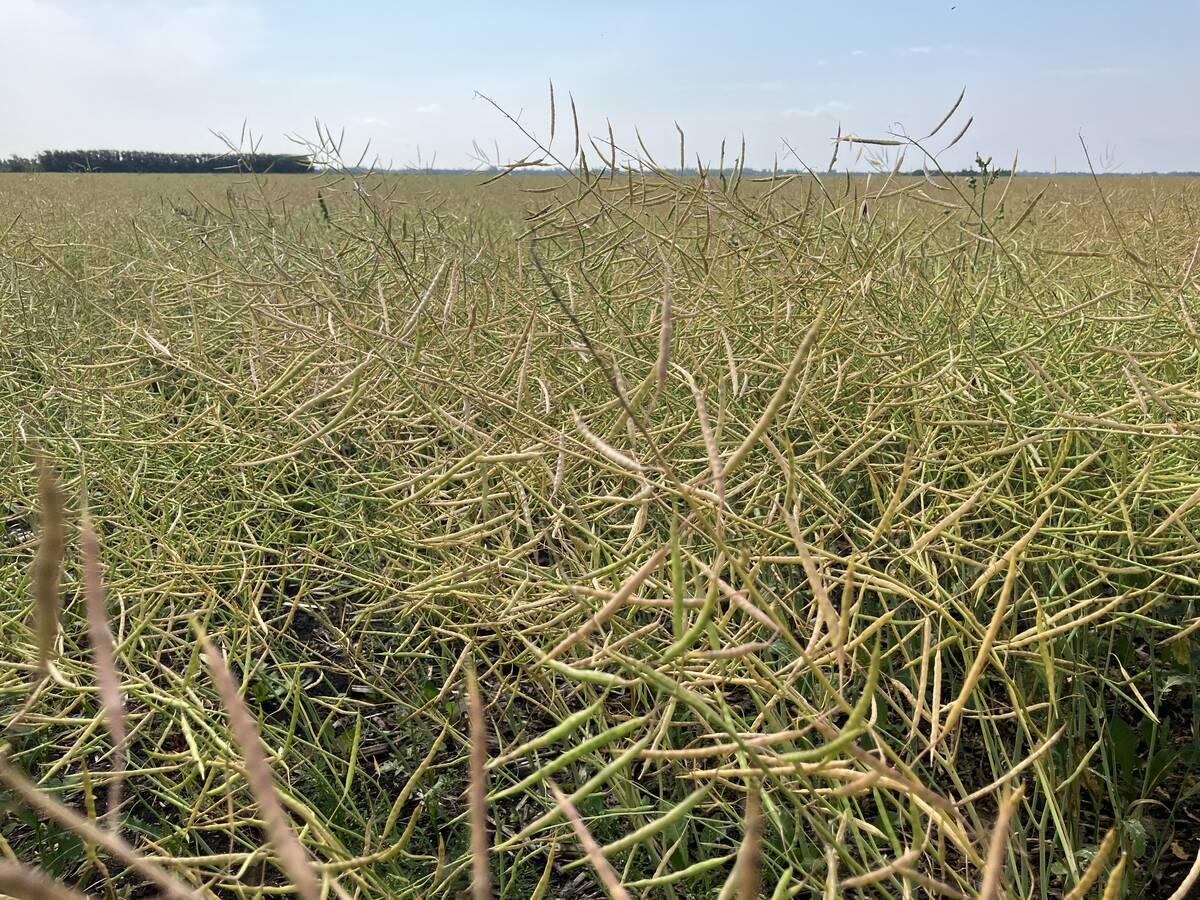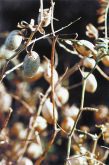Flax meetings kicked off the 24th annual Western Canadian Crop Production Show in Saskatoon Jan. 8 with improving grain prices drawing a crowd of growers from across the West, say organizers.
Saskatchewan Pulse Growers attracted nearly 800 to its two day meeting, the largest in the week of industry meetings. One hall was filled and the overflow watched the pulse meeting by video in a second room.
The trade show grew to nearly 250,000 sq. feet of the latest agricultural production technology.
The Saskatchewan Flax Development Commission filled its room with about 250 producers and industry members.
Read Also

South American soybeans will have less impact on canola
South American production will, as usual, affect the global oilseed market, but Canadian canola is on the outside looking in until it can get China back or find alternative buyers.
Flax markets languished in oversupply due to larger American crops and substitutions by European buyers after near record high prices in 2004 and 2005.
Those highs encouraged growers to plant more flax in 2006, creating carryouts that are larger than average. However, prices have risen in the past few months.
Flax commission chair Allen Kuhlmann said the lack of transparency in the marketplace is making some producers uneasy about the crop.
“But it’s coming back up. It was as low as $5.50 and now some growers are finding $7 (a bushel),” said the Rouleau, Sask., farmer.
“A lack of price transparency and few market analyses for flax means that farmers are unsure about what forms the basis for a fair price these days,” he said.
While new markets are slow to appear, the oversupply-undersupply yo-yo will continue to characterize the industry, with Western Canada providing the majority of world export supply.
“Saskatchewan grew 75 percent of the flax in Canada last year with 1.63 million acres … production was down this year. Producers were listening to market signals,” Kuhlmann said.
Kaye Effertz of the United States grower association Ameriflax said growers in North Dakota increased production to nearly one million acres as prices rose after 2000, but as the market cooled, so did seeded acres.
She said in 2006, growers in North Dakota planted 640,000 acres, with total U.S. plantings taking up 704,000 acres. Early estimates for 2007 are for 504,000 U.S. acres.
Manitoba plant breeder Scott Duguid fears that falling production due to lower prices may hinder development of the new varieties that flax needs to keep up with its oilseed cousin, canola.
“Research check-off dollars are important to the industry over the long term,” he said.
University of Saskatchewan flax breeder Gordon Rowland was more blunt.
“If we don’t start investing in breeding programs, flax will die as a crop in Western Canada. And it’s a shame because it has the potential to put real dollars in farmers’ pockets over the very long term,” he said.
Canada has only three full-time and one part-time flax breeder and only one pathologist.
Rowland said per acre flax yields in Western Canada outperformed canola in 1999, but the more popular oilseed has overtaken the production gap. Canola now has an 18 percent yield advantage and it’s getting bigger each year, said Rowland.
He said the reason is due to more investment in breeding and agronomy research.
Duguid said most of the agronomy research done on flax is 15 years old and on varieties that no longer exist.
In 2006, some Alberta growers reported more than 50 bu. per acre while Saskatchewan and Manitoba growers saw 25 to 30 bu. yields.
Rowland said flax has plenty of room to breed greater yield characteristics along with more fibre production and improved omega 3 fatty acids and protein.
Kuhlmann said his organization is also worried that proposed changes to the method of collection of voluntary checkoffs will hasten flax’s end.
“The proposed system will have royalties and checkoffs taking place at the point of sale. Farmers can’t get the royalties back so we’re just asking for them to request their research checkoffs back,” he said.
“And that means less research and fewer varieties and more lost ground to canola,” he said.
Currently, royalties are collected from seed growers.
Saskatchewan flax growers passed a resolution at their annual meeting to keep the collection system as it now functions.
“Flax has never had more potential for fibre, human use, animal feed, industrial products and never has it been more threatened,” said Kuhlmann.














